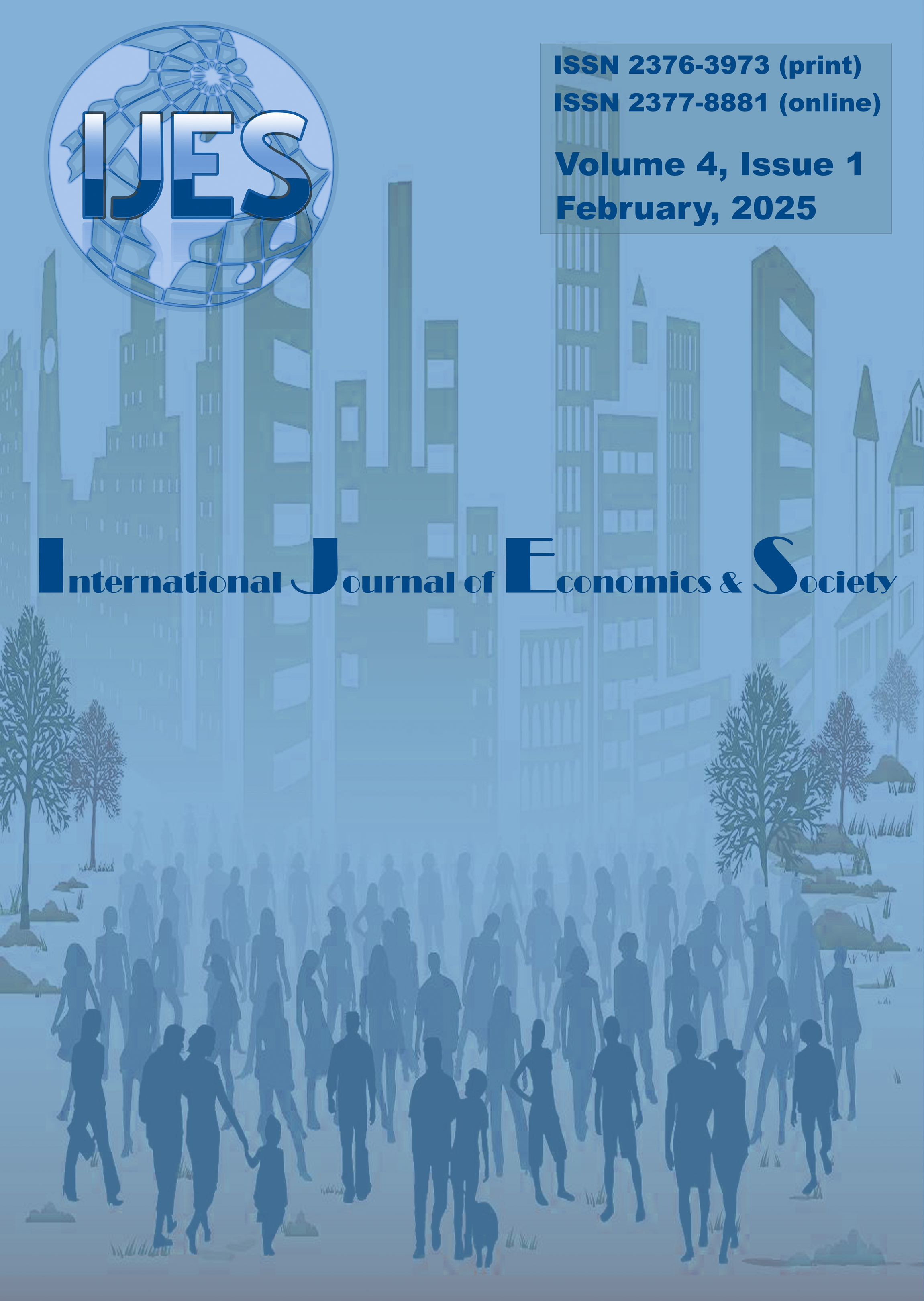Interregional convergence and divergence in the innovation-driven economy: evidence from South Korea
Keywords:
interregional disparities, β- and σ-analysis, neo-classical convergence model, innovation-driven economy, socio-economic developmentAbstract
This study examines interregional disparities in South Korea. The research methodology is based on neo-classical convergence analysis: 1) β-analysis implies examining the correlation between average yearly growth rate of a respective indicator and its initial level; 2) σ-analysis implies examining the indicator’s variance during the analyzed period. Interregional disparities are analyzed with regard to gross regional product per capita, gross regional income per capita, individual income per capita, and private consumption per capita. The empirical evidence indicates a high correlation for β-convergence in individual income per capita. Variance analysis indicates that during 2005-2013 gross regional product per capita demonstrated σ-divergence while gross regional income per capita, individual income per capita and private consumption per capita demonstrated σ-convergence in South Korea. Overall the conclusions of this study support the idea that the innovation-driven economy is favorable for interregional convergence
Downloads
Published
Issue
Section
License
Copyright (c) 2025 Mykhailo Y. Kryvoruchko

This work is licensed under a Creative Commons Attribution 4.0 International License.
All articles published in the International Journal of Economics and Society (IJES) are licensed under the terms of the Creative Commons Attribution 4.0 International License (CC BY 4.0).
This license permits unrestricted use, distribution, and reproduction in any medium, provided the original author(s) and the source are properly credited.


